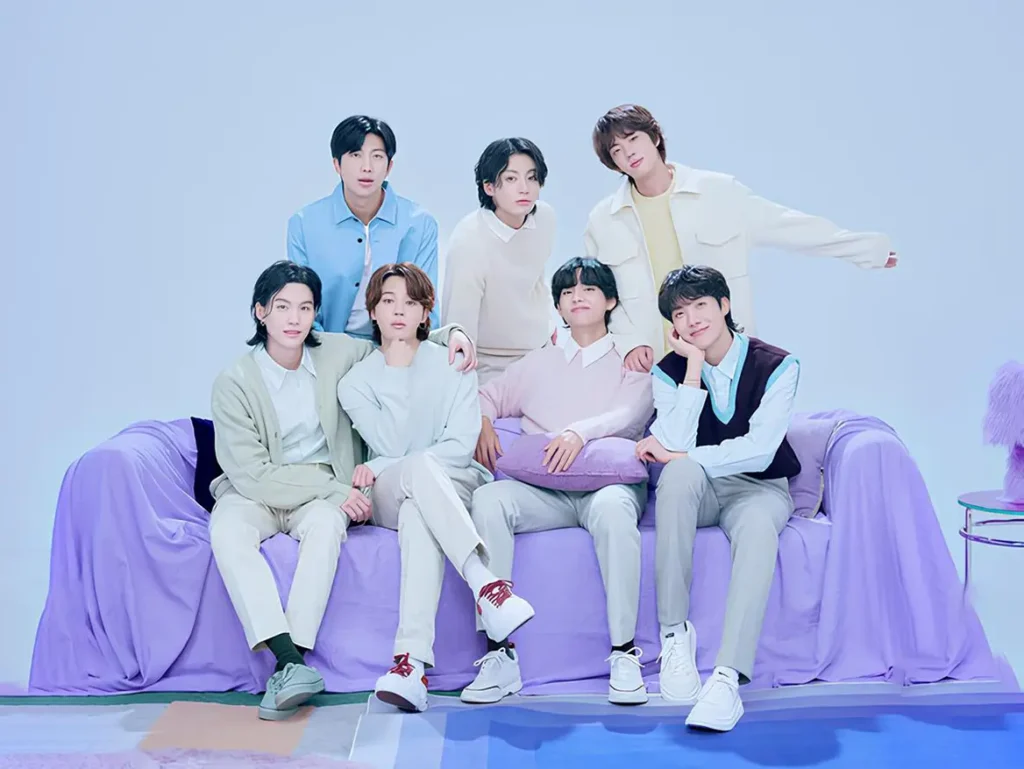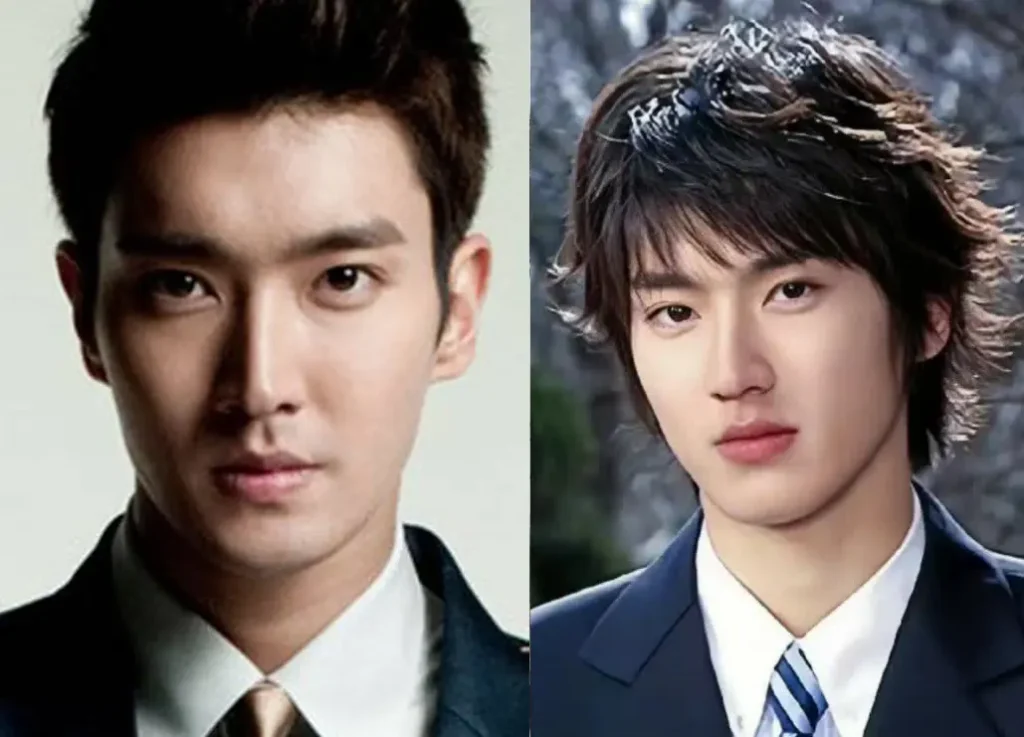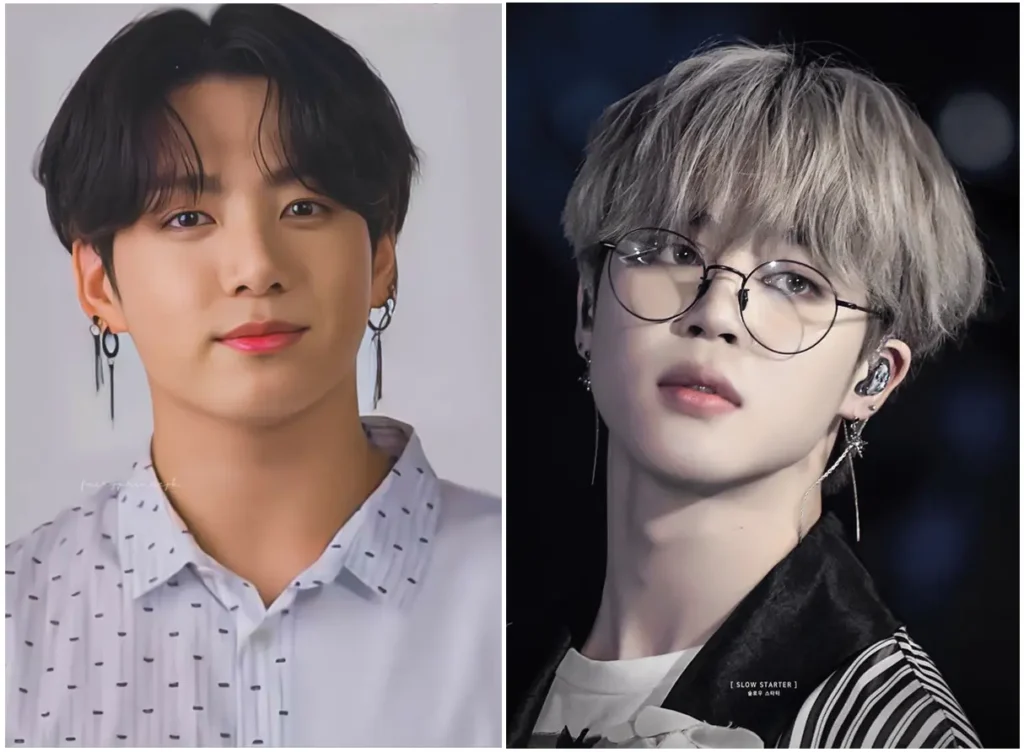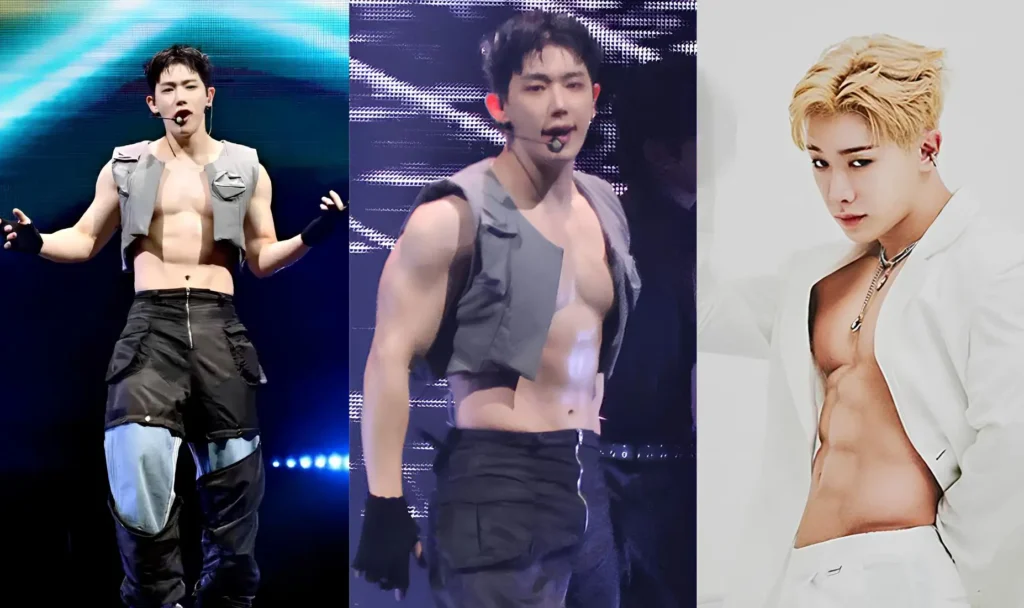In the South Korean entertainment industry, male beauty standards in K-Pop are considered just as important as singing or dancing talent. While female idols must maintain the S-line figure and long legs, male idols also follow their own established ideals—both as a “template” and a reflection of public taste.

Origins of Male Beauty Standards in Korea
Joseon Dynasty
During the Joseon era (1392–1897), Confucian values tied male beauty to morality, intellect, and character. The ideal man had a fair complexion, bright eyes, strong eyebrows, and long, silky black hair. A delicate, scholarly look was valued over physical strength, symbolizing wisdom and noble character.
20th Century
By the 20th century (1901–2000), modernization and Western influence reshaped ideals. Attractive men were expected to have sharp features and a masculine, mature appearance. In the 1980s and 1990s, actors like Bae Yong Joon and Jang Dong Gun became icons of this refined and manly style.
The Rise of K-Pop
With the late 1990s K-Pop boom, new standards emerged: the K-Pop V-line face, baby face paired with a lean, muscular body, and a height of at least 175 cm. Male idols were expected to embody a balance of masculinity and softness. Figures like Rain, G-Dragon, BTS, and Cha Eun Woo exemplify this signature “soft masculinity” in K-Pop.
Tradition vs. Modernity
While Joseon-era beauty focused on intellect, character, and natural grace, today’s standards are industrialized—shaped by cosmetic surgery, training regimens, and fashion. What was once rooted in inner values has transformed into the pursuit of a flawless, entertainment-driven image.
Defining Features of Male Beauty in K-Pop
The V-Line Face
A sharp V-shaped jawline is seen as the ultimate “visual weapon” of K-Pop idols and the hallmark of the K-Pop male beauty ideal. Stars like Jae Joong (JYJ), Choi Siwon (Super Junior), and Kang Daniel (Wanna One) often serve as visual centers of their groups, embodying the idol look that captures both fan and media attention.

Skin and Style
Like their female counterparts, male idols maintain bright, clear, and flawless skin—a hallmark of Korean beauty aesthetics. Combined with light makeup and trend-driven hairstyles, they easily become fashion and beauty icons for young audiences across Asia.
The Baby Face
In K-Beauty culture, the baby face links to the concept of the “Bagel Man,” describing men with youthful, childlike features—big eyes and smooth skin—contrasted with muscular, well-trained bodies. This duality creates a magnetic appeal, evoking both protectiveness and admiration.

The Sculpted Body
Six-pack “chocolate abs” are considered part of a male idol’s DNA. Beyond aesthetics, they represent the “no pain, no gain” mindset crucial in Korea’s competitive entertainment scene. Idols like Jungkook (BTS) with his “golden maknae” physique, Wonho (MONSTA X), dubbed the “gym king,” and Jackson Wang (GOT7), with his athlete’s build, embody this standard.

The Ideal Height
The “golden range” of 175–183 cm defines the K-Pop stage presence. This height ensures ideal proportions on camera and creates a commanding visual impact in group performances. Groups such as DBSK (average 183 cm), 2PM (181 cm), EXO, and CNBLUE (around 180 cm) illustrate this standard.
The Influence of K-Pop Aesthetics on Youth
K-Pop idols have reshaped beauty ideals for younger generations by promoting the V-line face, baby-faced visuals, six-pack abs, and tall, model-like proportions as the benchmarks of male attractiveness. They also normalized makeup, skincare, and unisex fashion among men, encouraging confidence, creativity, and the breaking of gender stereotypes.
However, K-Pop’s global reach through social media has also intensified comparisons, leading to body-image pressure, extreme dieting, and cosmetic surgery. As a powerful form of cultural soft power, K-Pop beauty standards inspire admiration but also spark debate among Gen Z and Gen Alpha.
Today, with livestream platforms like TikTok and Facebook, youth appearances are often “standardized” by K-Pop-inspired filters—skin whitening, face slimming, V-line jaw edits, and eye reshaping—reinforcing the idol look even in virtual spaces.